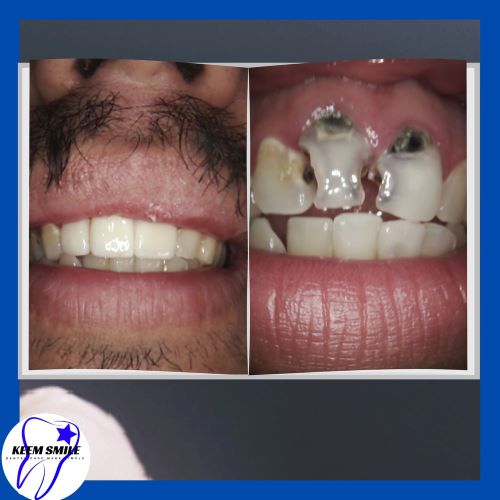Tooth Extraction Infection: Warning Signs
Tooth extraction is a common dental procedure that involves removing a tooth from its socket in the jawbone. While it’s usually a safe and effective treatment, there’s always a risk of complications, including infection. Understanding the warning signs of a tooth extraction infection is crucial for prompt treatment and preventing potential harm.
Initial Signs of Infection
In the first few days after a tooth extraction, it’s normal to experience some discomfort, swelling, and bleeding. However, if you notice any of the following symptoms, it could be a sign of an underlying infection:
- Increasing pain or tenderness around the extraction site
- Swelling or bruising that worsens over time
- Redness or inflammation around the affected area
- Pus or discharge from the extraction site
- A foul smell or taste in your mouth
- Fever or chills
These symptoms can be indicative of a bacterial infection, which can spread quickly if left untreated. It’s essential to monitor your condition closely and seek medical attention if you experience any of these warning signs.
Advanced Signs of Infection
If the infection is left untreated, it can lead to more severe complications, including:
- Abscess formation: A pocket of pus that can develop in the soft tissue around the extraction site
- Cellulitis: A bacterial infection that can spread to the surrounding tissue, causing redness, swelling, and pain
- Osteomyelitis: An infection of the bone tissue, which can lead to chronic pain, swelling, and limited jaw mobility
- Septicemia: A life-threatening condition where the infection spreads to the bloodstream, causing fever, chills, and organ failure
Risk Factors for Tooth Extraction Infection
While anyone can develop an infection after a tooth extraction, certain individuals are more prone to complications. These include:
- Smokers: Smoking can impair blood flow and reduce the body’s natural defenses, making it more challenging to fight off infections
- Diabetics: People with diabetes are more susceptible to infections due to their compromised immune system
- Immunocompromised individuals: Those with weakened immune systems, such as HIV/AIDS patients or individuals undergoing chemotherapy, are more likely to develop infections
- Patients with poor oral hygiene: Failing to maintain good oral hygiene can lead to bacterial buildup and increase the risk of infection
Preventing Tooth Extraction Infection
While some risk factors are unavoidable, there are steps you can take to minimize the risk of infection after a tooth extraction:
- Follow your dentist’s instructions carefully, including taking prescribed medications and attending follow-up appointments
- Maintain good oral hygiene by brushing and flossing gently around the extraction site
- Avoid smoking and tobacco products, which can impair healing and increase the risk of infection
- Eat a soft, balanced diet to promote healing and reduce the risk of complications
- Avoid strenuous activities, such as heavy lifting or bending, which can dislodge the blood clot and lead to infection
Treatment Options for Tooth Extraction Infection
If you suspect you have a tooth extraction infection, it’s essential to seek medical attention promptly. Your dentist or doctor may prescribe:
- Antibiotics to combat the bacterial infection
- Pain medication to manage discomfort and reduce inflammation
- Debridement or drainage of the abscess to remove pus and promote healing
- In severe cases, hospitalization may be necessary to treat septicemia or other life-threatening complications
What are the common symptoms of a tooth extraction infection?
+Common symptoms of a tooth extraction infection include increasing pain or tenderness, swelling or bruising, redness or inflammation, pus or discharge, and a foul smell or taste in the mouth.
How can I prevent a tooth extraction infection?
+To prevent a tooth extraction infection, follow your dentist's instructions carefully, maintain good oral hygiene, avoid smoking and tobacco products, eat a soft, balanced diet, and avoid strenuous activities.
What are the risk factors for developing a tooth extraction infection?
+Risk factors for developing a tooth extraction infection include smoking, diabetes, immunocompromised individuals, and poor oral hygiene.
In conclusion, understanding the warning signs of a tooth extraction infection is crucial for prompt treatment and preventing potential harm. By recognizing the initial and advanced signs of infection, being aware of risk factors, and taking steps to prevent complications, you can minimize the risk of infection and ensure a smooth recovery after a tooth extraction. If you suspect you have a tooth extraction infection, don’t hesitate to seek medical attention to prevent severe complications and promote optimal healing.

